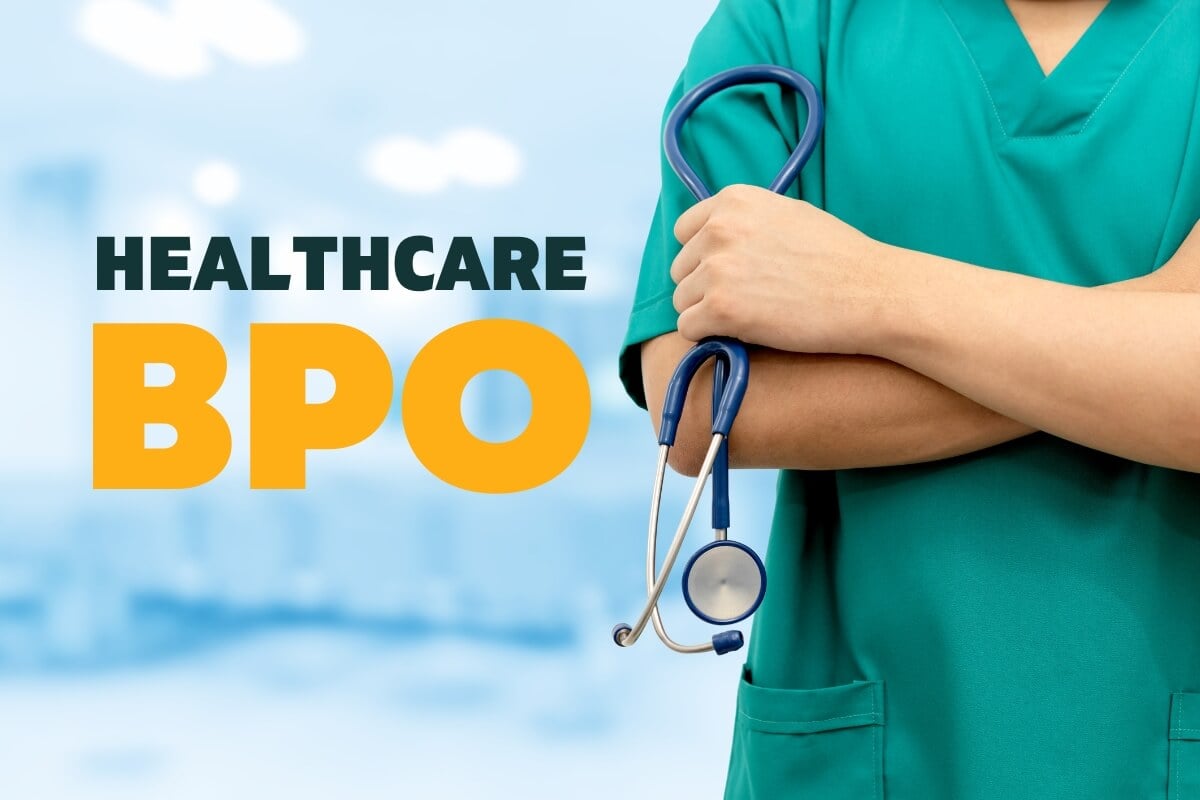A Comprehensive Overview on Exactly How Health Care RCM Works to Enhance Invoicing and Collections
Browsing the intricacies of healthcare revenue cycle management (RCM) is essential for suppliers aiming to enhance their payment and collections processes. The overview unloads the ins and outs of RCM, from client registration to balance dues management, supplying insights into optimizing each action. Integrating sophisticated technology and standard procedures can dramatically lower case denials and increase repayment cycles. Yet, real obstacle depends on flawlessly merging these components to boost money flow. As we discover the core components and approaches that drive effectiveness, one question stays: just how can medical care entities best setting themselves to thrive economically in an ever-evolving market?
Understanding Profits Cycle Monitoring
Understanding the ins and outs of Earnings Cycle Administration (RCM) is essential for healthcare organizations aiming to enhance their economic efficiency. RCM is a crucial management function that encompasses the entire economic procedure of person treatment, from the first consultation establishing to the last payment of the balance. It is a complicated procedure designed to determine, collect, and manage the income from the services supplied to individuals. Effective RCM makes certain that doctor receive accurate and prompt payments, reducing the threat of profits loss and boosting capital.
The RCM process starts when a client schedules an appointment and extends via the patient's treatment journey, including invoicing and collections. An essential objective is to lower the time between obtaining and supplying a service repayment, thus improving the organization's financial health and wellness. RCM involves numerous functions such as client enrollment, insurance coverage verification, cost capture, coding, declares entry, payment uploading, and managing rejections and appeals.
Secret Components of RCM
In the world of Profits Cycle Management (RCM), recognizing its key parts is essential to attaining financial efficiency within medical care organizations. RCM is a thorough process that includes various stages, each critical to guaranteeing reliable payment and collections. The primary parts include person enrollment, insurance confirmation, charge capture, coding, claim submission, settlement posting, and balance due administration.


As soon as coded, claims are submitted to payers, where accuracy is extremely important to avoid delays or denials - Healthcare RCM. Settlement publishing includes videotaping the obtained payments, which permits for the settlement of accounts. Last but not least, receivables management concentrates on tracking and dealing with unsettled cases, ensuring prompt follow-up and resolution
Each part of RCM is interconnected, and inadequacies in any component can disrupt the entire cycle. Consequently, grasping these aspects is essential for healthcare suppliers to optimize profits and improve their monetary health.
Techniques for Effective Billing

Standardizing billing treatments across the organization is another vital method. Developing clear standards for paperwork, coding, and submission aids maintain uniformity and conformity with regulative needs. Educating personnel on a regular basis on these procedures guarantees everybody is up-to-date with the most recent modifications in invoicing codes and payer policies.
Exact fee capture is important in avoiding income leak. Carrying out regular audits and monitoring systems allows for the recognition and adjustment of disparities before they affect revenue. In addition, preserving open lines of interaction with payers helps to promptly fix any type of disputes or misconceptions that may develop.
Finally, appealing patients early in the invoicing procedure by offering clear estimates and instructional products about their economic duties can significantly minimize confusion and boost repayment timeliness. These methods jointly add to a much more economically healthy and effective billing system.
Enhancing Collections Processes
A robust collections process is essential for maintaining economic security within medical care companies. Given the complexities of clinical payment and the selection of payer requirements, improving the collections procedure includes executing critical steps that make sure accurate and timely settlement of services rendered. Central to this is using modern technology to automate and improve procedures, boosting and decreasing manual errors effectiveness. Automation devices can assist link in tracking case standings, sending timely pointers to patients, and handling rejections extra effectively.
Educating personnel to comprehend the nuances of insurance coverage and invoicing codes is similarly important. This expertise encourages them to attend to invoicing discrepancies quickly and connect successfully with individuals regarding their economic duties. In addition, transparent and clear client interactions are vital. Supplying comprehensive descriptions of costs and using versatile payment strategies can increase patient satisfaction and punctual repayments.
Regular audits of the collections process need to be conducted to determine areas for renovation and guarantee conformity with guidelines. By assessing data, medical care organizations can determine trends, expect potential problems, and adjust approaches appropriately (Healthcare RCM). Inevitably, a well-enhanced collections process not just supports economic health and wellness yet also adds to a more seamless experience for people and personnel alike
Optimizing Earnings Streams
Building upon the foundation of a solid collections procedure, healthcare companies can even more strengthen their financial stability by purposefully optimizing profits streams. This entails a multi-faceted method, starting with a thorough analysis of existing profits resources to determine inefficiencies and areas for development. Employing sophisticated information analytics devices allows companies to get understandings into payer mix, client demographics, and solution application patterns, allowing for data-driven decisions that improve revenue capture.
Executing automated invoicing systems can substantially lower errors and quicken cases refining, ensuring that earnings is gathered more efficiently. Moreover, enhancing payer agreements with normal arrangements can boost repayment prices and terms, straight influencing the lower line. Expanding solution offerings, such as integrating telehealth or wellness programs, can likewise draw in a wider client base, hence increasing revenue possibility.
An additional critical component is enhancing person involvement and satisfaction, as pleased people are more probable to stick to therapy plans and make timely settlements. Using flexible settlement alternatives and clear invoicing methods can boost collections and foster person commitment. Healthcare RCM. By adopting these approaches, health care organizations can create an extra durable monetary structure, guaranteeing go to this web-site continual growth and security in an ever-changing industry landscape
Final Thought
To conclude, healthcare Revenue Cycle Management (RCM) plays an important role in maximizing billing and collections procedures by integrating vital elements such as person enrollment, insurance confirmation, charge capture, coding, declares entry, and accounts receivable management. By utilizing advanced innovation, standardizing treatments, and fostering individual engagement, health care service providers can significantly minimize claim denials, accelerate settlement cycles, and boost cash flow. This thorough technique to RCM inevitably results in enhanced economic performance and sustainability for healthcare companies.
The RCM procedure starts when a person routines a visit and expands via the individual's treatment journey, including payment and collections.One more critical element is boosting patient engagement and contentment, as pleased patients are extra most likely to stick to treatment plans and make timely repayments. Providing adaptable payment choices and transparent payment methods can enhance collections and foster person commitment.In verdict, health care Earnings Cycle Management (RCM) plays an important role webpage in enhancing invoicing and collections processes by integrating vital components such as patient registration, insurance confirmation, charge capture, coding, declares submission, and accounts receivable management. By using innovative innovation, systematizing treatments, and cultivating individual interaction, health care suppliers can substantially lower case denials, accelerate payment cycles, and improve money circulation.